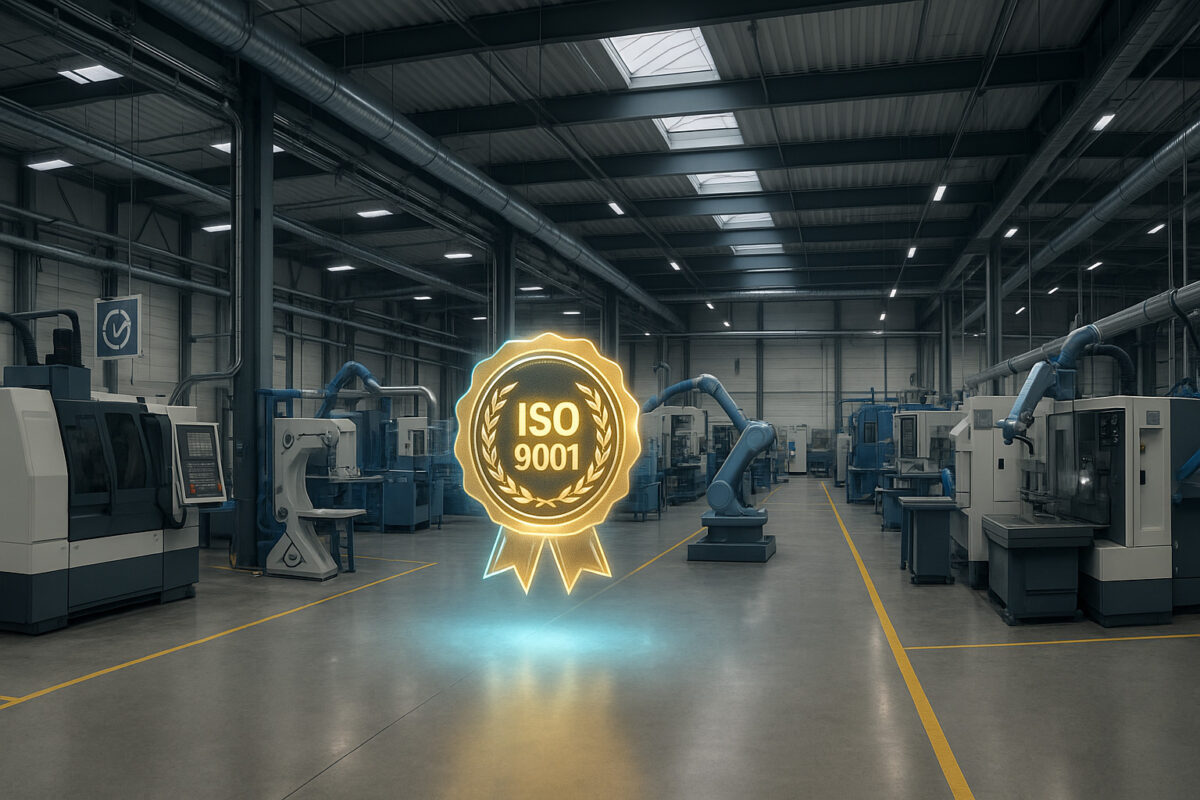
Why is TCO essential for businesses?
In an economy focused on profitability, TCO has become a cornerstone of strategic decision-making. This definition applies to any business concerned with professional assets or IT service offerings. The Total Cost of Ownership goes beyond the simple purchase price to include all expenses related to the use of a tool or asset throughout its life cycle. In this context, TCO analysis proves useful for various stakeholders in the process, whether they are buyers or asset managers.
Understanding the total cost of tools allows for better investment management, especially by identifying hidden costs: maintenance, energy, updates. With accurate information, unforeseen additional expenses can be avoided. Moreover, knowing the total price helps predict the overall efficiency of the tool, and thus choose the best solution model.
Electric vehicles are a perfect example. An EV may be more expensive at purchase but have a lower TCO over time due to reduced maintenance costs and lower energy consumption.
What are the components of TCO?
TCO, or Total Cost of Ownership, is based on a comprehensive view of costs, including direct and indirect expenses, as well as hidden ones. Evaluating TCO requires analyzing numerous components throughout the product or service lifecycle.
First, there are acquisition costs, which may seem limited to the purchase amount but actually include many other costs such as supplier research, transportation to the installation site, processing fees at the time of purchase, ownership-related expenses, and various property taxes.
Added to the ownership costs are ongoing expenses during the lifetime of the equipment or service, such as financing, insurance, taxes, or updates. This category is often underestimated, even though it plays a decisive role in TCO assessment.
The third category is usage costs. This includes day-to-day expenses: maintenance, staff training, or energy consumption. A model with many consumable parts can quickly become a financial drain for a business. Lastly, end-of-life costs cover decommissioning, recycling, and waste disposal. The residual value of the equipment must be deducted.
These insights allow a company to evaluate and adjust its investment strategy to achieve TCO savings.
How to calculate TCO?
Calculating TCO requires a rigorous approach to identify all direct and indirect costs related to an asset, from acquisition to the end of its life cycle. This global cost analysis is based on three main steps. First, list all associated expenses: initial purchase, maintenance, insurance, training, and energy costs. Then, quantify each element precisely, accounting for future expenses, including updates or replacements. Finally, aggregate all data to calculate the total cost. This approach allows for an accurate assessment of the total cost of ownership over the product’s or service’s lifecycle.
Let’s take a practical example with a fleet of 10 utility vehicles. Over five years, a company may incur a purchase cost of €500,000, plus €50,000 in financing, €100,000 in insurance, €250,000 in fuel, €75,000 in maintenance, and €25,000 in taxes. Subtracting an estimated residual value of €100,000, the total TCO reaches €900,000, or €90,000 per vehicle, or €18,000 per year. This exercise highlights the importance of TCO calculation to make informed decisions and optimize fleet management.
With this type of evaluation, managers and decision-makers can reduce their TCO, improve investment profitability, and align strategies with sustainability and energy transition goals.
The importance of TCO in supply chain management
In a modern supply chain, monitoring only purchase prices is not enough: analyzing TCO is vital for effective performance management. By integrating the total cost of ownership concept into logistics, companies can sustainably reduce expenditures. This allows them to evaluate all associated costs for each product or service well before actual ownership, making it easier to identify hidden costs related to maintenance, delivery delays, poor quality, or inefficient logistics. A solid calculation methodology helps minimize additional costs and ensures that they remain under control. With TCO, the entire supply chain contributes to overall profitability.
Supplier selection is also part of the equation. TCO analysis helps evaluate both the cost and service quality of an offer: component reliability, lifespan, support, and repair options. Companies can form a clearer view of each supplier’s credibility and select high-quality partners accordingly. On a relational level, this fosters mutually beneficial collaboration: by working with suppliers to optimize costs and processes, businesses build a more efficient, resilient, and development-ready supply chain.
To go further in cost optimization and investment control, TCO must be embedded in a broader procurement strategy. This involves rigorous flow and resource management, especially throughout the supply chain. Discover how to manage the supply chain efficiently, and explore the key steps of the procurement process to strengthen operational efficiency at every level.







